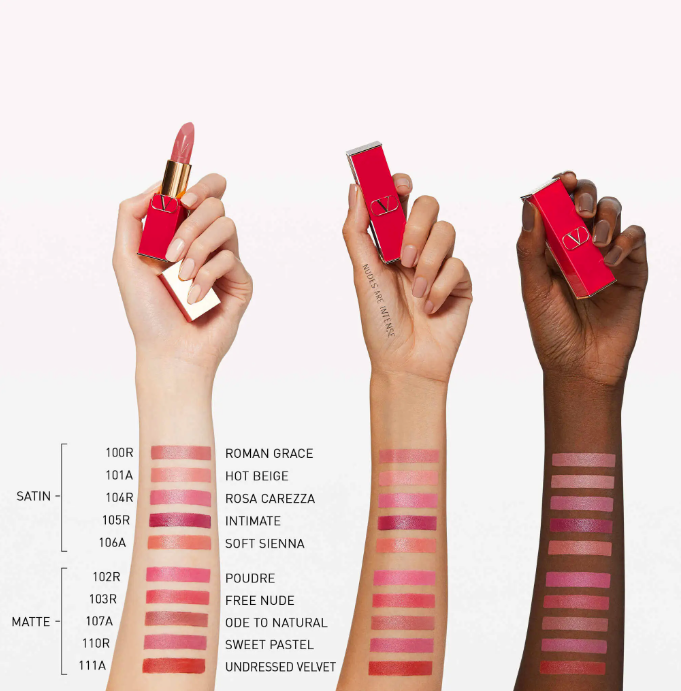There is a long way to go for the sustainable development of the beauty industry
As a beauty product that uses plastic raw materials and packaging materials widely, pollution and waste are not uncommon. According to Euromonitor data, the amount of packaging waste in the beauty industry in 2020 may be 15 billion pieces, an increase of nearly 100 million pieces compared to 2018. In addition, Julia Wills, co-founder of the Herbivore Botanicals (herbivore) organization, once publicly stated in the media that the cosmetics industry produces 2.7 billion waste plastic empty bottles every year, which also means that the earth needs more time to degrade them, and environmental problems will be face more severe challenges.
Under such circumstances, overseas beauty groups have been actively exploring ways to achieve sustainable production through “plastic reduction and recycling” of packaging materials, and they have performed well in terms of “sustainable development”.
Brice André, global director of sustainable packaging at L’Oreal, said in an interview with The Independent that the future of beauty and cosmetic packaging will be centered on sustainability, and the brand is keen to develop more sustainable packaging in its product portfolio, such as the current one. Introduced Valentino Rosso Lipstick Collection: After the collection is finished, the refills can be filled into the packaging for repeated use.
In addition, Unilever is also taking action on “sustainability”. These include ensuring a “deforestation-free” supply chain by 2023, halving the use of virgin plastic by 2025, and making all product packaging biodegradable by 2030. Richard Slater, its chief research and development officer, said: “We are creating a new generation of technology and ingredients for our beauty and personal care product packaging that are not only efficient, but also recyclable and sustainable.”
It is worth mentioning that in the European and American markets, the application of refills in high-end beauty brands is also very common. For example, brands such as LANCOME (Lancome) and Nanfa Manor all contain related products of refills.
Wang Liang, deputy general manager of Bawang International Group, introduced to the “Cosmetics News” that the filling of cosmetic raw materials can only be carried out after strict sterilization treatment and in a completely clean aseptic environment. Perhaps foreign countries have their own methods, but at present, for domestic lines For the next CS channel, the replenishment of products in the store with a “refillable” service like this will make problems such as microorganisms and bacterial infections a major hidden danger, so the safety of the products will not be guaranteed.
At this stage, whether it is the cosmetics industry or the consumer side, the green concept of sustainable development has become the focus of attention in various fields. How to solve the problems of insufficient supply chain, consumer market education, insufficient packaging material technology, etc., is still the need of the industry. a major concern. However, it is foreseeable that with the continuous advancement of the dual-carbon policy and the increasing awareness of sustainable development in the Chinese market society, the domestic cosmetics market will also usher in its own “sustainable development”.
Post time: Jun-14-2022


